Small Ficus Microcarpa Bonsai Tree in Black Pot
₹950.00 Original price was: ₹950.00.₹750.00Current price is: ₹750.00.
Small Ficus Microcarpa Bonsai Tree in Black Pot is an ideal house plant for indoor decoration. Easy to care plant for home and office.
The plant picture shown is for reference. It will be similar to the Picture Shown above.
Plant Height: Approximately 25 cm (10″)
Plant Width: Approximately 13 cm (5″)
Plastic Pot Height: 4.5″, Diameter 4″
Small Ficus Microcarpa Bonsai tree is the easiest bonsai tree to grow that makes it an ideal house plant for indoor decoration. Place it anywhere in your home or office even any outdoor shade spot in summer, it is easy to care. This evergreen Ficus Microcarpa, often known as Ginseng grafted ficus plant has been shaped like a bonsai tree. It is also known as the ‘Potbellied Ficus’ because of its unique stocky roots which are elevated over the soil to form what looks to be a trunk. Grafted branches display full clusters of compact foliage and glossy, oval leaves. These slow-growing indoor bonsai respond to an extensive range of light conditions.
Bringing the Chinese Banyan plant indoors not only eye-catching but also cleans the air you breath as air filters. Chemicals discharged from vinyl, ceramic, carpeting and other sorts of fabric materials are reduced by the Ficus Bonsai. Chinese used this as a herbal remedy for many diseases and consume it as tea or soups.
Scientific Name: Ficus Microcarpa Ginseng
Common Name: Chinese Banyan, Pot Belly Fig, Banyan Fig, Malayan Banyan, The Indian laurel and curtain fig
Family: Moraceae
Benefit: Natural Air purifier plant
Ficus Microcarpa Bonsai Care
Ficus Microcarpa Bonsai need very low maintenance. Pinch back and trim the new growth in order to keep this tree as a bonsai. But, don’t remove all the new growth. Remove the waste leaves and stems from time to time.
Light: Natural or Indoor fluorescent light, Semi-Shade. place out of direct sunlight.
Water: Water moderately. Never allow the soil to dry out completely, keep the soil moist always. However, do not overwater or allow the plant to stand in water.
Temperature: This plant is sensitive to temperature changes, which may cause the leaves to fall off. Minimum temperature 54º F (12°C – 28°C).
Fertilizer: Fertilize weekly or every two weeks during summer and every 2-4 weeks during winter. Use liquid fertilizer or organic fertilizers.
Pruning: Regular pruning is important to retain the tree’s shape. Cut back to 2 leaves after becoming 6-8 leaves.
Repotting: Re-pot in mid-summer.
Propagation: By Cuttings
Toxicity: Mild-toxic to Cats and dogs
| Weight | 1500 g |
|---|---|
| Dimensions | 25 × 25 × 36 cm |
Be the first to review “Small Ficus Microcarpa Bonsai Tree in Black Pot” Cancel reply
You must be logged in to post a review.
This site uses Akismet to reduce spam. Learn how your comment data is processed.

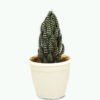
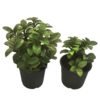
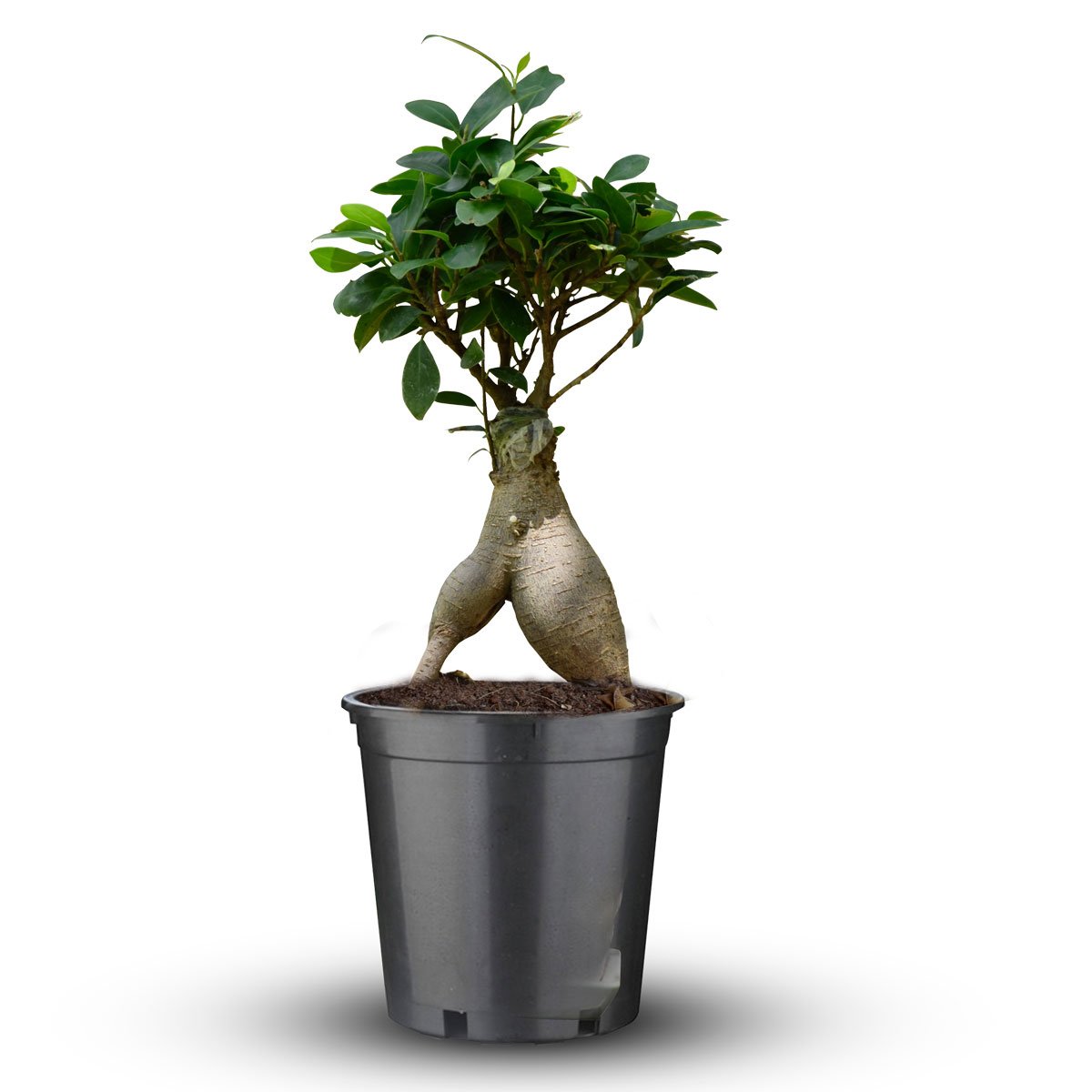


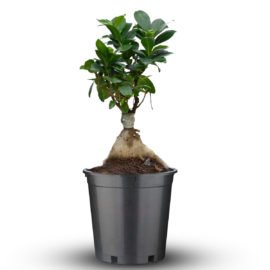


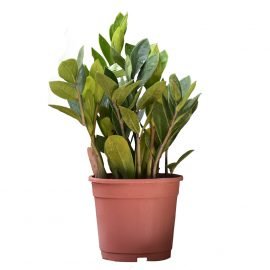
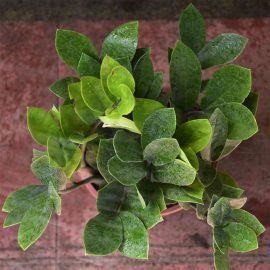
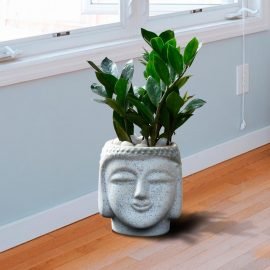
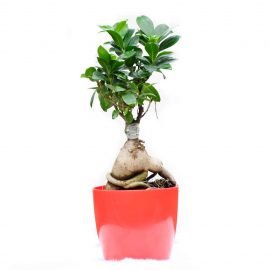
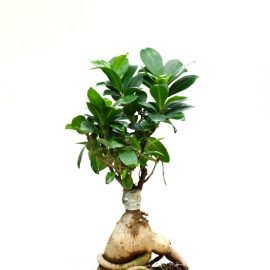

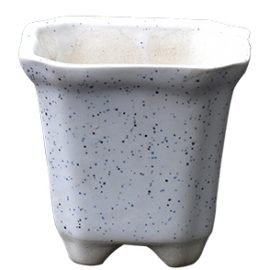
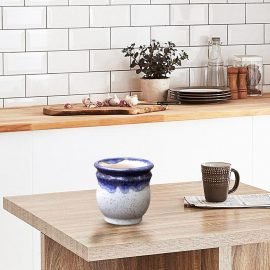

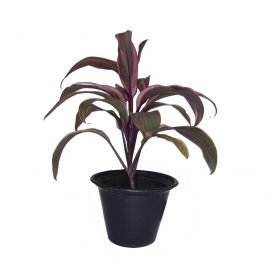

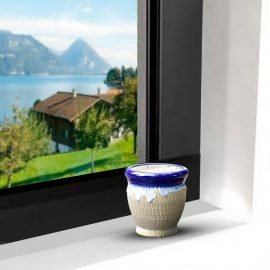
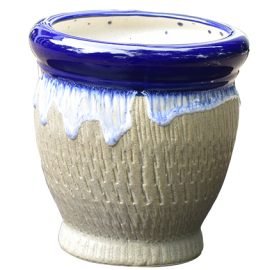

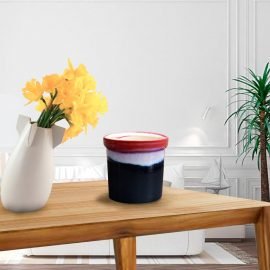
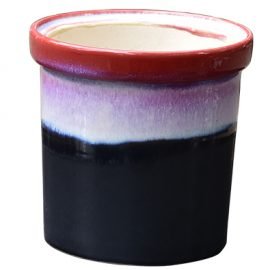
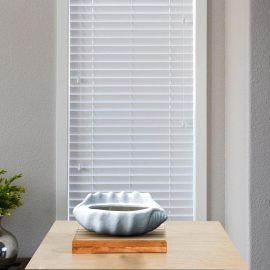
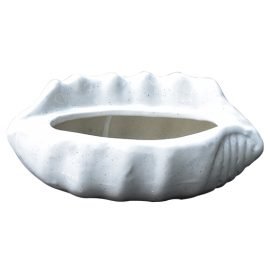
Reviews
There are no reviews yet.